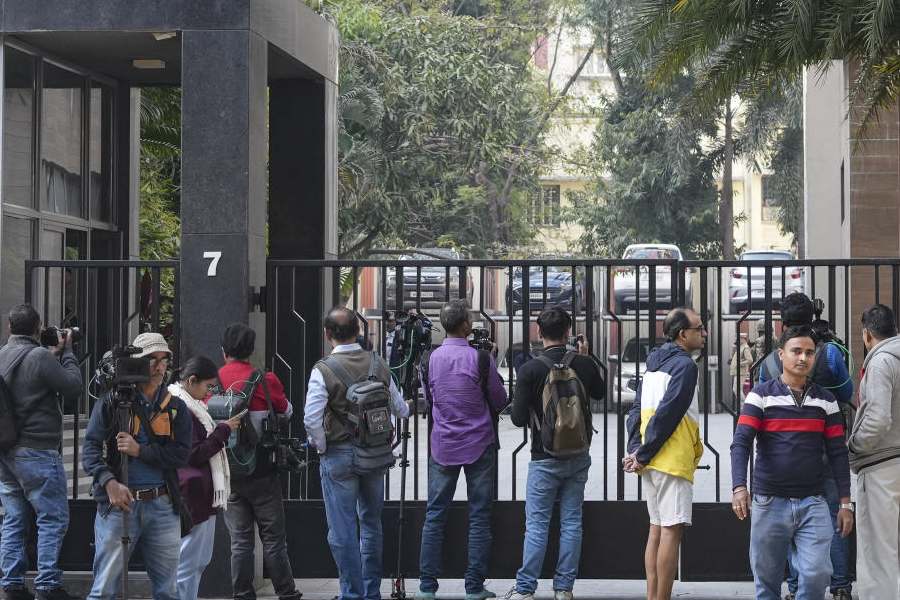The higher rate of growth of credit vis-a-vis deposits may hit bank margins, brokerage Kotak Securities warned on Tuesday.
According to the latest Reserve Bank of India (RBI) data, while the growth in aggregate deposits stood at 9.9 per cent for the fortnight ended December 9, bank credit has been growing at 17.5 per cent. With the RBI continuing to mop up surplus liquidity, the lenders have started to raise their deposit rates and also tapped the bond markets to feed the credit demand.
A report from Kotak Securities said that the decline in forex assets, coupled with higher credit demand has led to skewed credit-deposit ratios. The brokerage said that if the credit demand sustains and system liquidity shifts to sustained neutral or deficit, banks will require higher ‘‘exogenous’’ deposit accretion or drawdown in their excess bond holdings.
“Though the quantum of deposit accretion may not be too large at the system level, select banks, especially private sector ones, could face a greater need for exogenous deposit accretion. The differential pace of increase in lending and deposit rates across banks makes it important to watch banks’ margins,’’ its analysts added.
The accretion to bank deposits comes from endogenous sources (credit-led) and exogenous, which are deposits from forex flows, NRIs and households among others.
Kotak Securities said credit-deposit ratios can remain skewed for some time at the system level. But individual banks will require raising exogenous deposits to ensure that they have enough reserves for credit creation, particularly when system liquidity is tight.
The analysts at the brokerage noted a sharp divide in credit-deposit ratios between public sector and private sector banks. While banks from the private sector have been relatively more aggressive lenders, PSU banks have traditionally seen a relatively higher deposit accretion.
However, in the current cycle, while public and private sector banks have been uniform in raising lending rates, the latter have been more pro-active in raising deposit rates, leading to declining credit-deposit rate gaps.
“While it is early in the cycle, the current trend could risk impacting the individual banks’ margins, especially if liquidity tightens through RBIpolicy,’’ the brokerage said.
According to the RBI’s December bulletin, the trend of credit demand surpassing that of deposit growth has been seen since February this year.
It added that banks have come up with various special deposit schemes for different tenors with comparably higher rates than the regular schemes. The median term deposit rates on fresh retail deposits increased 67 basis points between May and November.
The extent of pass-through to deposit rates has been higher for longer tenor maturities.











